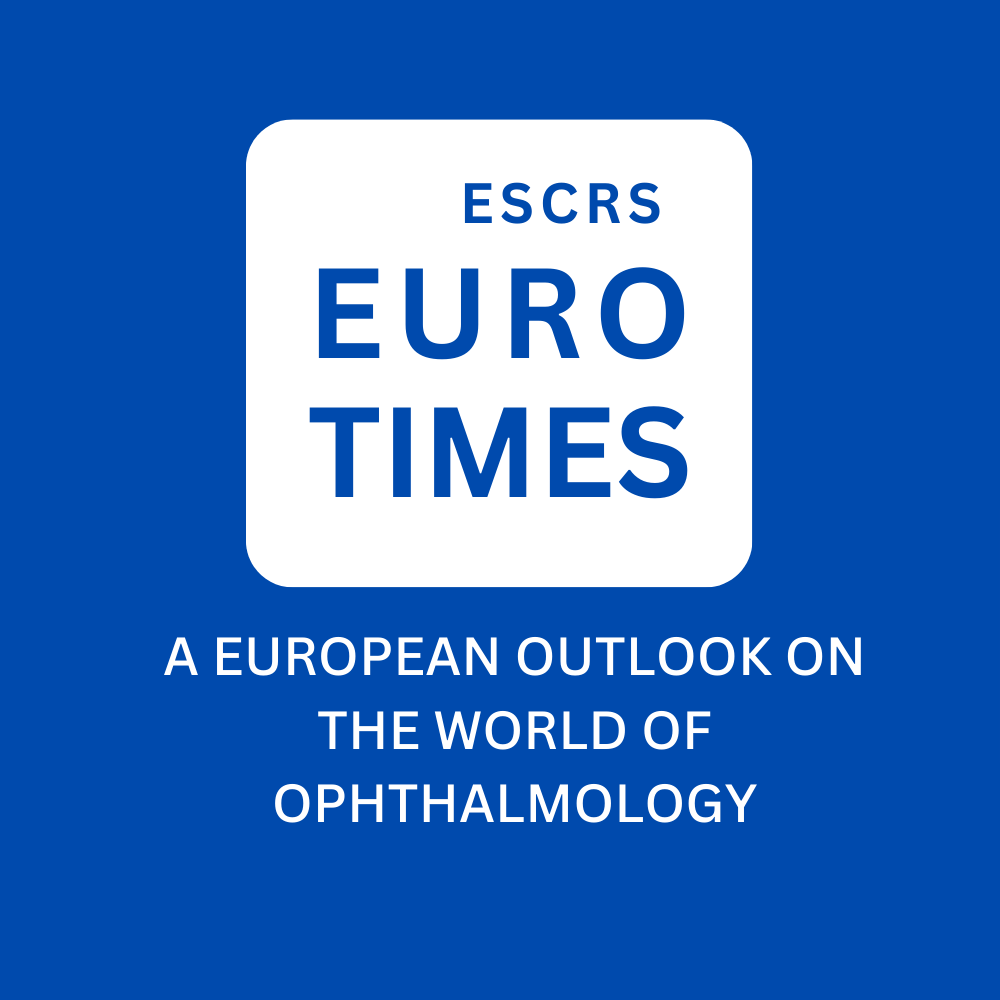Surgeons can employ a number of surgical techniques to avoid astigmatism post-keratoplasty, with the use of femtosecond laser having many benefits in particular, the XXXVII UKISCRS Congress in Manchester heard. Sheraz Daya FRCS(Ed), FRCOphth noted that with post-keratoplasty ametropia the refractive error is primarily due to astigmatism and spherical error, saying surgeons need to consider how they can perform better corneal transplant procedures.
He quoted data showing that penetrating keratoplasty (PK) operations are decreasing, at least in Europe, and lamellar keratoplasty is increasing, particularly deep anterior lamellar keratoplasty (DALK) and endothelial keratoplasty. Dr Daya advised if performing cataract surgery in conjunction with Descemet’s stripping automated endothelial keratoplasty (DSAEK) the surgeon should aim for -1.25 D. The amount of induced hyperopia is dependent on the DSAEK thickness and cannot be precise, he noted, however it is always better to be left slightly myopic than hyperopic.
He acknowledged that the principles of PK and DALK are similar – the goal being to create a perfectly circular opening in the cornea; ie, suture a circular cornea into a circular host, but that can be quite challenging no matter what device is used. Dr Daya recommended using a Shott speculum, emphasising that centration and alignment are key. Careful tailoring of the suturing will also help to minimise postoperative astigmatism. He also advised making sure the eye is horizontal to get optimum centration and to avoid ovalisation.
“If you are off centre with your graft, you are going to have some astigmatism and you can also have higher order aberrations,” Dr Daya remarked. The axis should be marked out and confirmed with calipers before surgery. The optimum trephine size is 8.0mm, according to Dr Daya. If the graft size is too small, the sutures will interfere with the visual axis and cause astigmatism and if too large there is the risk of rejection and iris incarceration, narrow angle and glaucoma.
“The goals with trephination are a round, vertical cut, controlled anterior chamber entry, and a bevelled edge fashioned with curved corneal scissors,” he explained. In relation to suturing, Dr Daya confirmed the second cardinal suture is the most important suture affecting postoperative astigmatism; with symmetrical alignment key to ensuring a good closure and minimising astigmatism risk. “I’m also in favour of ledges as with four cardinal stitches and still have a self-sealing incision and a formed chamber, there is no need for tight sutures, and a formed anterior chamber protects the endothelium,” he told the congress.
Dr Daya spoke favourably about the emerging use of femtosecond laser in corneal grafting, citing positive data on Femtosecond laser DALK. The procedure allows more precise incisions, creating a mechanically stronger wound, good apposition anteriorly, and allows rapid wound and visual healing, and good patient acceptability. It is also easier to deal with potential ametropia, he added.
Summarising, Dr Daya said surgeons must adhere to good corneal grafting principles to avoid ametropia and the cycle of requiring several procedures for transplant patients.
Author Information
Authored by Sheraz Daya MD FACP FACS FRCS(Ed) FRCOphth, Consultant Ophthalmic Surgeon & Medical Director, June 2019.
Net review due June 2026

